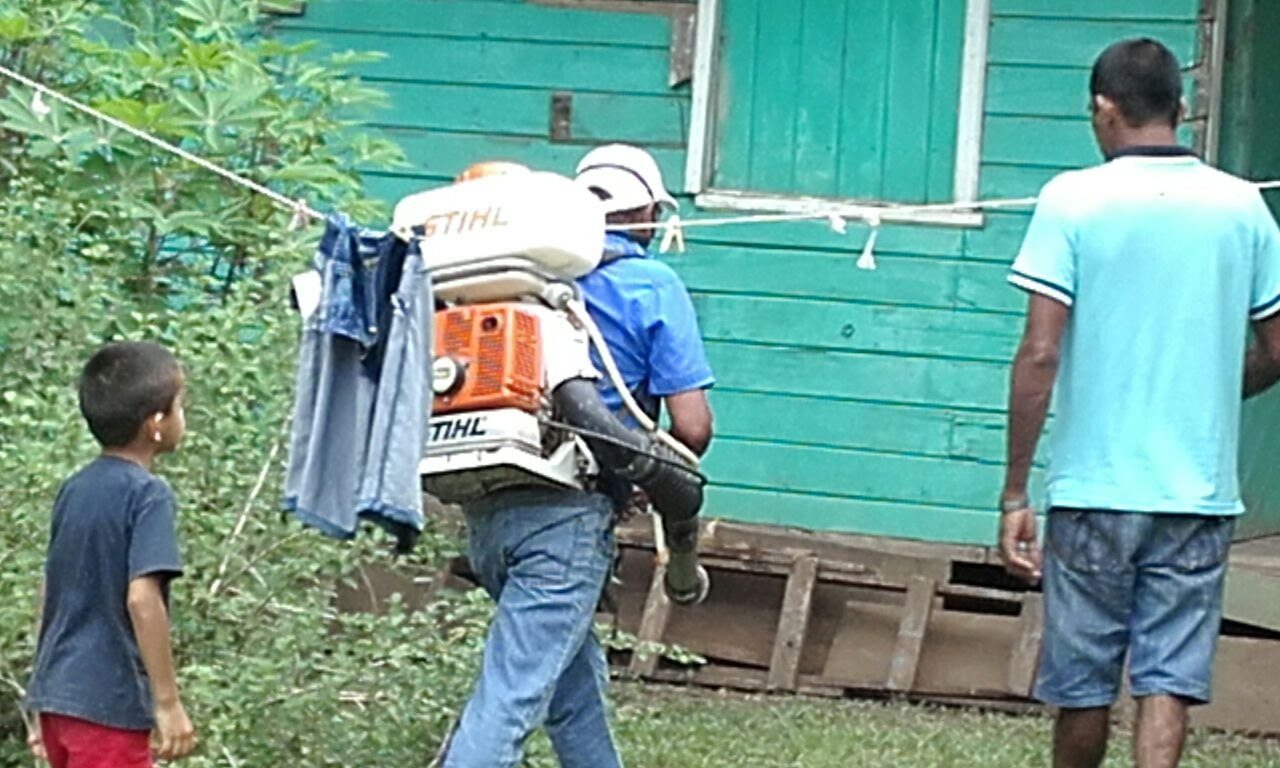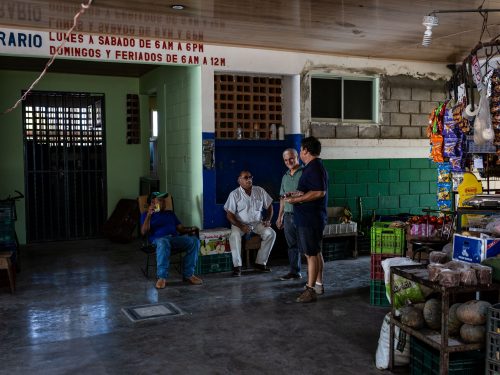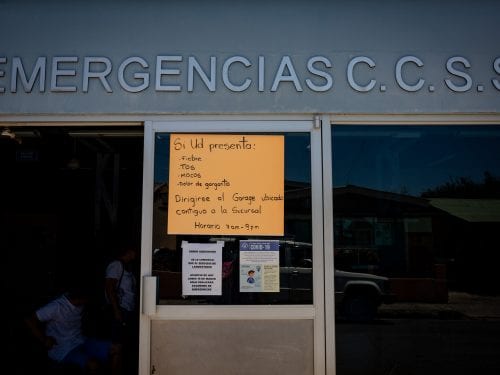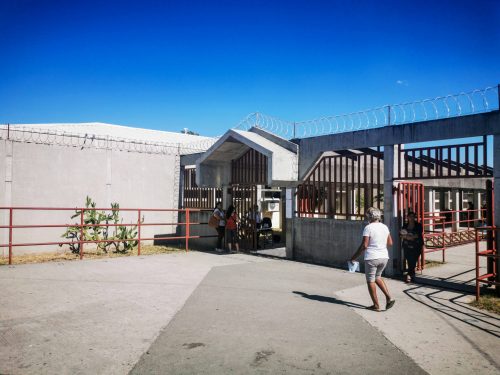
The Canton of Nandayure is on alert due to an outbreak of Zika now that 42 cases have been confirmed so far this year.
This figure is the highest so far this year in the canton and places it eighth nationally and second in the province, surpassed only by Santa Cruz, which has 81 cases, and this despite being the canton in Guanacaste with the second smallest population (5,558 inhabitants, according to INEC, the National Institute of Statistics).
This information comes from the latest epidemiological bulletin from the Ministry of Health this year on September 28.
According to Juan Gabriel Ledezma, the doctor in charge of the Health Surveillance Department in Nandayure, initially patients came to the Carmona clinic with symptoms such as allergies, rashes and headaches but they were not reported as cases of Zika.
It was not until early September that these supposed cases of allergy began to be diagnosed as what they really were, Zika.
“We sent these samples to the INCIENSA laboratory in San Jose and many were confirmed as Zika,” Ledezma explained.
Currently, more than 100 suspected cases of Zika have been recorded in the canton, so that figure could be higher.
Four of these cases have been diagnosed in pregnant women, but no case of microcephaly associated with Zika has been recorded yet.
Septic Tanks to Blame for Outbreak
Dirty gutters, flowerpots, tires and water containers are known to be potential breeding grounds for the Aedes aegypti and Aedes albopictus mosquitoes, but according to Ledezma, they have found thousands of larvae of these species in septic tanks.
“The most important finding we have made are the breeding sites in septic tanks. We estimate that there are between 15,000 and 50,000 larvae,” Ledezma explained.
In this situation, the Ministry of Health in Nandayure upgraded the alert in the canton and started fumigating in the districts of Carmona, San Pablo and Santa Rita.
“We have coordinated help with ATAP (Primary Care Technical Assistants), from the Social Security Fund, and each time they visit a home and detect a breeding site, we follow up,” Ledezma stated.
According to data from the Ministry of Health in Nandayure, in the last two weeks, the numbers have started to fall and go from 43 suspected cases per week to 7 or 9.
In addition, according to Ledezma, in October of this year, they will have an additional position in vector control so they hope to reduce the number of cases even more.







Comments